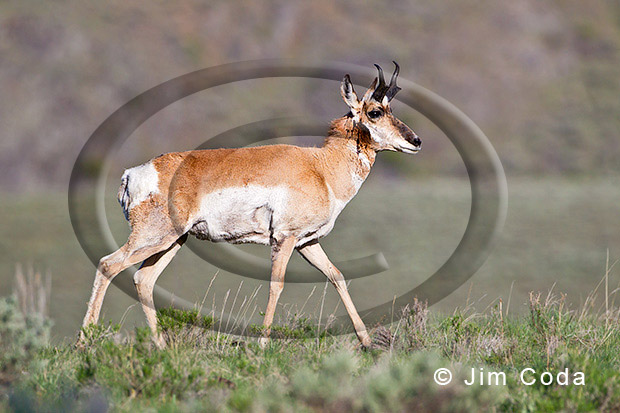Wolf, Yellowstone National Park

This is one of only three wolves that remain in the Lamar Valley. At one time there were over 30 wolves in the Lamar. Wolf numbers are down throughout the park due to various factors such as wolves killing other wolves and humans shooting wolves when they move outside park boundaries.







